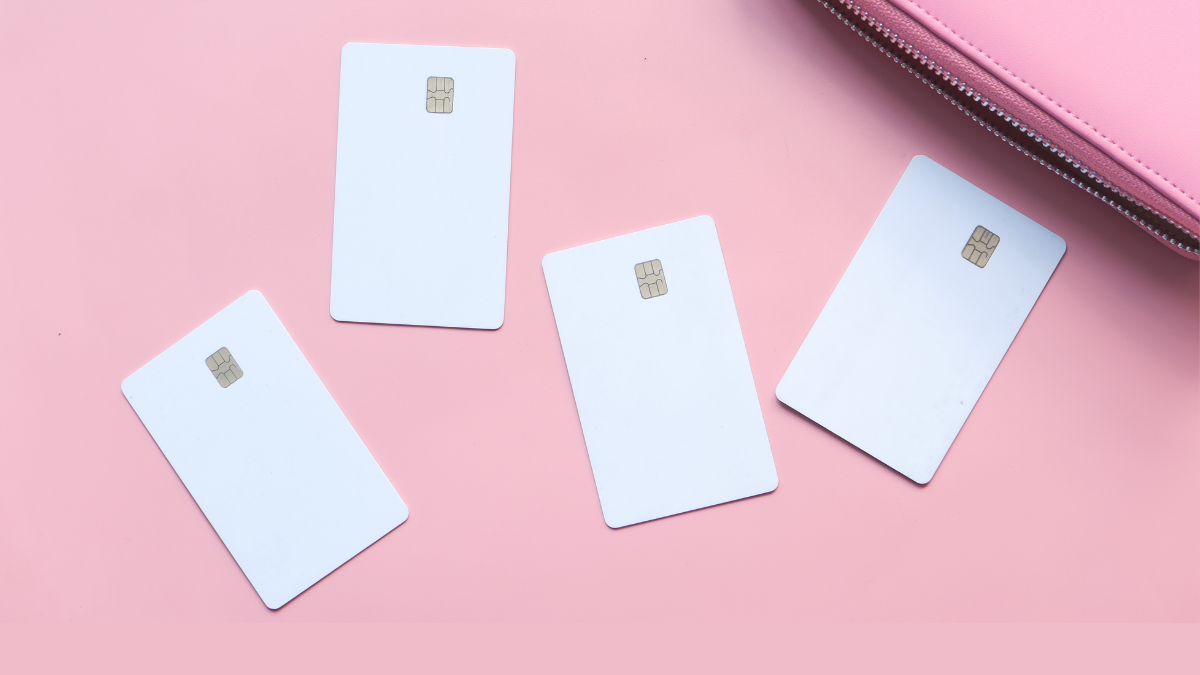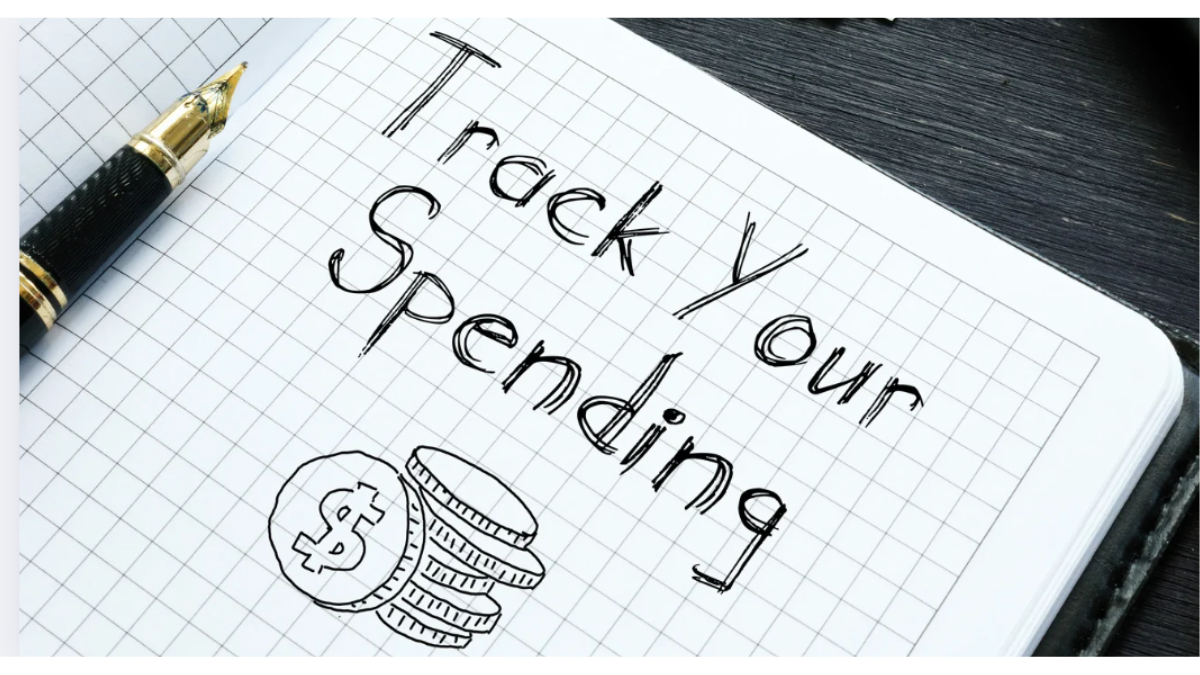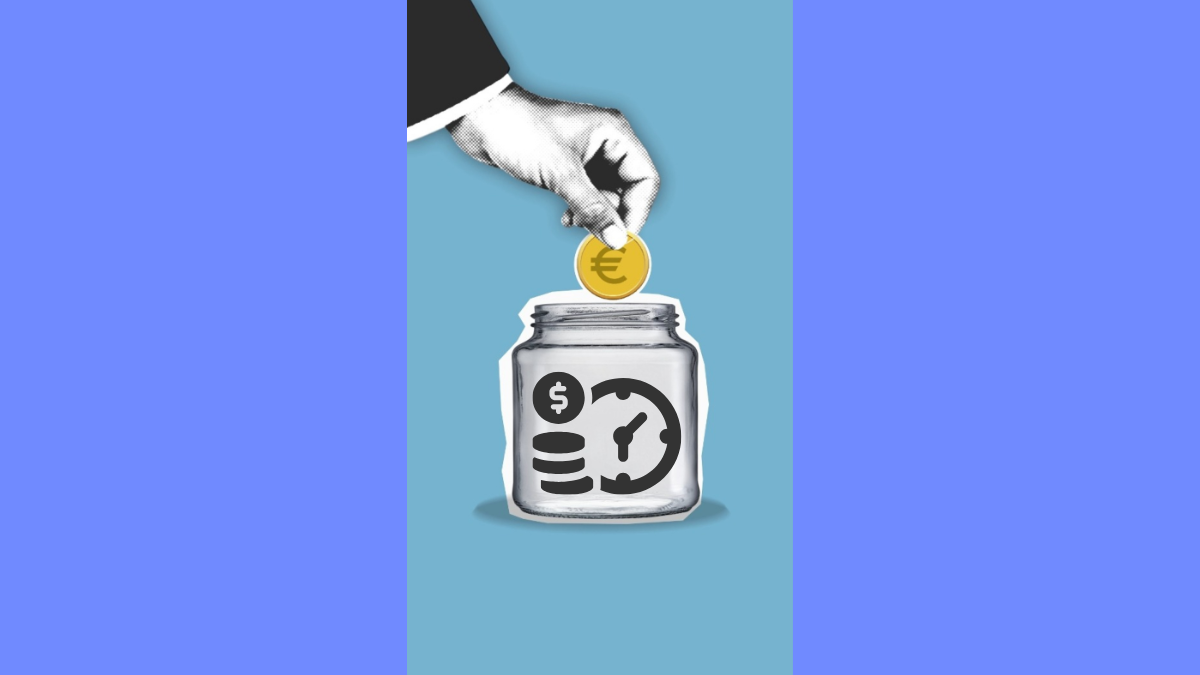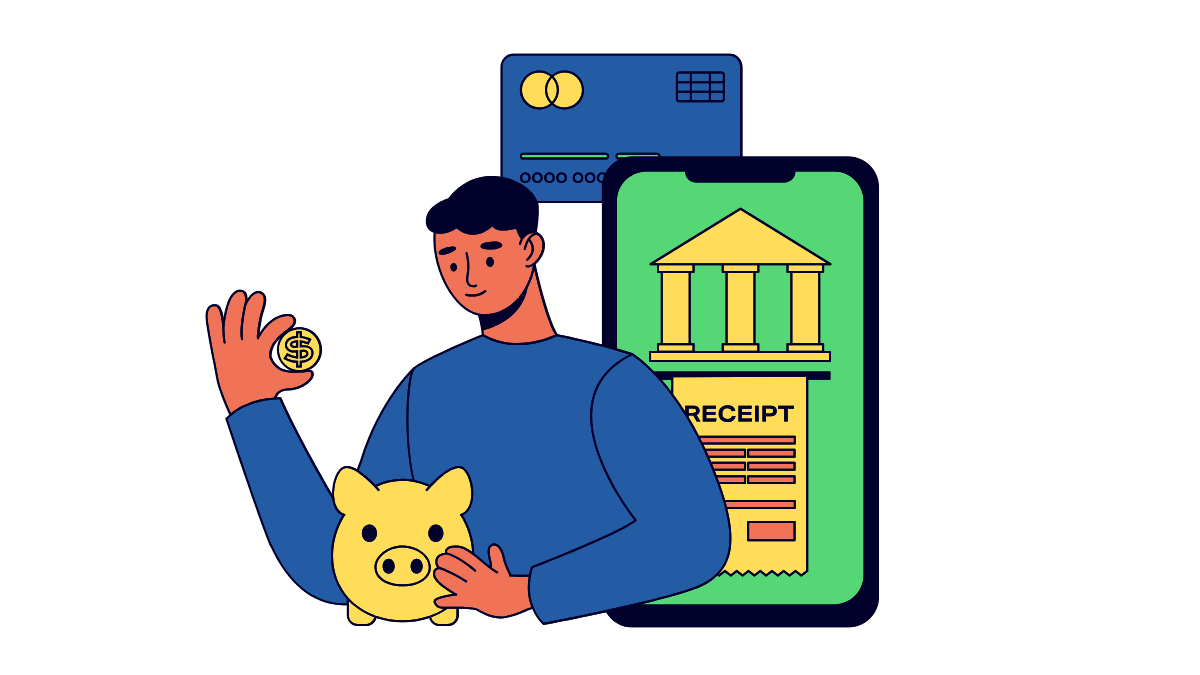What Are “Unnecessary Expenses” Really?
When people hear the term “unnecessary expenses,” they often picture indulgences — morning lattes, streaming subscriptions, or takeout dinners. But the reality is more nuanced. What’s unnecessary for one person might be essential for another. That’s why the key isn’t to adopt someone else’s rules — it’s to define your own.

At its core, an unnecessary expense is any spending that:
- Doesn’t align with your values or goals
- Doesn’t provide lasting satisfaction
- Is habitual rather than intentional
- A $100 dinner with friends that leaves you feeling connected and fulfilled might be worth every dollar.
- A $20 monthly subscription you forgot about? That’s money silently slipping away.
This process isn’t about feeling bad for your purchases — it’s about getting clear on what truly brings you joy versus what you’re just used to buying.
When you understand this, budgeting becomes less about restriction and more about reclaiming control over your money. You’re not cutting out happiness — you’re cutting out waste.
The Psychology of Spending: Why We Overspend
Understanding the psychology behind your spending habits is one of the most powerful ways to gain control over your finances. Before you can cut unnecessary expenses, you need to know why they exist in the first place.
Spending isn’t always rational — it’s often emotional, social, and even subconscious. Let’s break down the deeper forces at play.
Emotional Spending: When Money Becomes a Coping Tool
Many purchases aren’t about what we’re buying, but how we feel when we buy.
- Stress relief: You’ve had a long day. A quick online shopping spree or takeout dinner provides instant comfort.
- Loneliness: Buying something new can feel like a temporary mood boost — a distraction from negative emotions.
- Reward behavior: “I deserve this” spending happens after a tough week, a big achievement, or just surviving Monday.
The Habit Loop: How Repetition Becomes Financial Drain
Spending becomes automatic when it’s built into your routine. You might not even notice it.
Cue → Craving → Response (spending) → Reward.
Example: Every morning, you stop for coffee. Not because you crave caffeine — but because the stop itself is part of your routine. You crave the ritual, not the drink.Over time, small recurring purchases can quietly drain hundreds of dollars a month — without adding any real happiness.
Break the cycle:
Interrupt the routine. Pack coffee at home once a week. Use that break in the loop to ask yourself: “Do I still want this?”Social Comparison & Status Spending
Whether we admit it or not, we’re constantly influenced by what others have. Social media makes this even worse.
- Comparison triggers: Seeing others with luxury bags, new gadgets, designer clothes, or vacations can lead to envy — and unnecessary purchases just to “keep up.”
- Lifestyle mimicry: Influencers promote products that make their life look effortless and glamorous. This creates a false sense of what’s “normal” to buy.
Reframe your mindset:
You’re not falling behind — you’re making intentional choices. Living below your means isn’t “missing out,” it’s leveling up.The Scarcity Effect & Fear-Based Marketing
Marketers are masters of urgency: “Only 3 left!” “Limited-time offer!” “Buy now and get 40% off!”
This creates scarcity pressure — the fear that if you don’t act now, you’ll lose something valuable.
But urgency is often artificial. That “deal” will be back next week. And chances are, you didn’t need the item in the first place.
Why Awareness Changes Everything
Once you understand the emotional and psychological patterns behind your spending, it becomes easier to pause before you swipe.
Ask yourself:- “Am I buying this out of habit?”
- “Is this solving a problem — or avoiding one?”
- “Will I still value this in 3 days?”
Step-by-Step: How to Identify What to Cut
Cutting unnecessary expenses doesn’t mean slashing everything at once or living in deprivation. It means making intentional decisions about what stays in your life — and what silently drains your money without adding value.
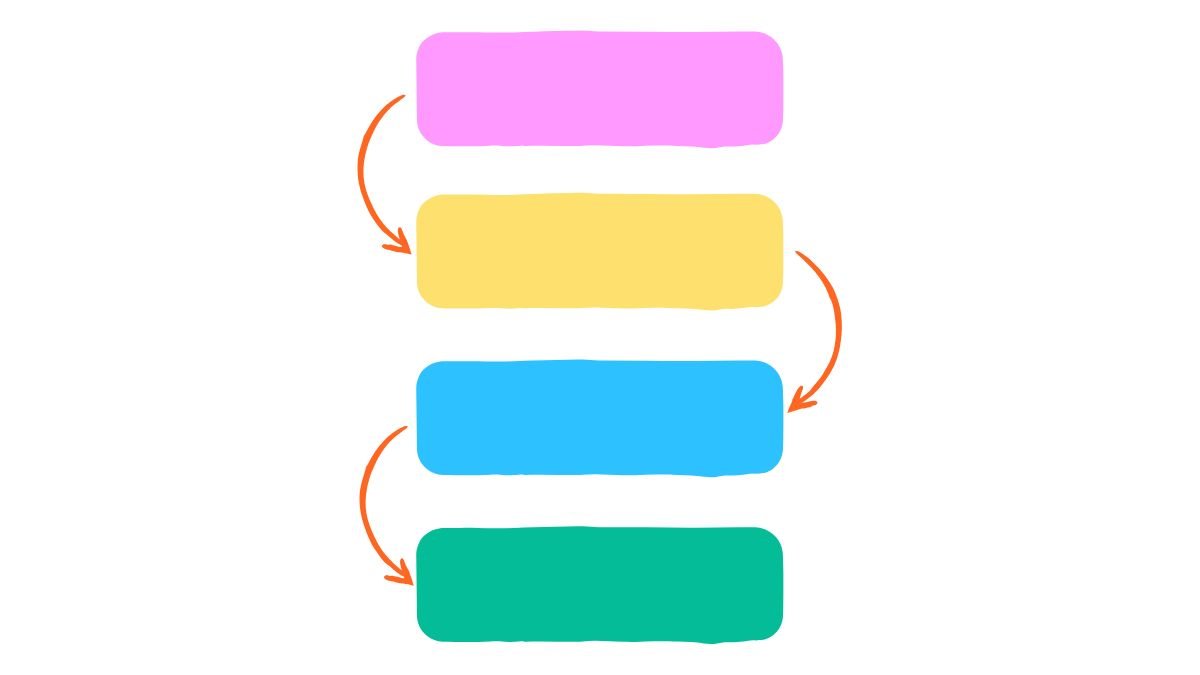
Here’s a practical framework to identify what to cut without sacrificing joy.
Step 1: Review Your Spending (With Zero Judgment)
Start with the facts. Pull up your last 1–2 months of bank and credit card statements.
Use a highlighter or a spreadsheet to mark every expense. Categorize them:
- Essentials: Rent, utilities, groceries, insurance, minimum debt payments
- Lifestyle: Restaurants, subscriptions, entertainment, shopping
- Hidden Habits: Daily coffee, impulse Amazon buys, fees, duplicate services
Step 2: Flag “Low-Value” Expenses
Now, take a second pass through your list and ask:
- Did this improve my week/month?
- Would I miss this if I never did it again?
- Was this spending intentional or just automatic?
- You forgot you paid for
- Didn’t bring any lasting satisfaction
- Felt like a habit rather than a choice
Step 3: Identify Subscription & Recurring Traps
This is where money leaks without you noticing.
- Are you paying for multiple streaming services but only watching one?
- Do you have fitness app memberships you never use?
- Are there annual fees hitting your card that you didn’t plan for?
TABLE
Step 4: Use a “Joy-to-Cost” Ratio
Think of your expenses as investments in your happiness. Some bring a high return — others don’t.
Here’s how to rate them: Expense Cost Joy Level Joy-to-Cost Rating $20 sushi with friends $20 9/10 Worth it $8 impulse Amazon buy $8 2/10 Not worth it $70 in delivery fees $70 3/10 Cut or reduce
This exercise helps you protect the expenses that do matter — and confidently cut the ones that don’t.
Step 5: Separate Wants from “Automatic Yes” Habits
Some expenses become reflexes — like adding items to your cart just to get free shipping or upgrading your order “just because.”
Ask:- “Do I actually want this, or is it just what I usually do?”
- “Would I still buy this if I had to pay with cash?”
- “If this item was full price (not on sale), would I still be interested?”
Step 6: Make a “Cut or Keep” Decision Tree
For each flagged item, run it through this:
- 1.Do I use it regularly?
- • If not → Cut
- 2.Does it align with my values or goals?
- • If not → Cut
- 3.Does it bring me lasting happiness?
- • If yes → Keep or reduce
Common Expenses You Can Likely Reduce
Once you’ve reviewed your personal spending, patterns start to emerge — and chances are, some of them match the most commonly overlooked money drains. The good news? You can trim these without feeling like you’re giving anything up.
Let’s walk through the most frequent culprits.
1. Takeout & Delivery Fees
Ordering food feels convenient — but it adds up fast.
- Delivery fees, service charges, and tips can inflate a $12 meal into a $25+ expense.
- Apps like DoorDash and Uber Eats often charge premiums over in-store prices.
- Cooking simple meals at home 2–3 more times per week.
- Using grocery delivery for ingredients, not meals — it’s cheaper and just as convenient.
- Saving takeout for planned “treat” nights, not fallback meals.
2. Streaming Services You Don’t Watch
Netflix, Hulu, Max, Disney+, Spotify, Apple TV, Prime Video… do you really use them all?
Reduce it by:- Pausing unused subscriptions. Most services allow reactivation anytime.
- Rotating platforms — subscribe to one per month based on what you’re watching.
- Using free content platforms (like YouTube or Kanopy through your library).
3. Daily Coffee or Snacks
It’s just $5 a day — until it’s $150+ a month.
Reduce it by:- Brewing at home and treating café visits as occasional luxuries.
- Keeping snacks in your bag or car to avoid gas station or vending machine temptations.
4. Impulse Shopping
Amazon, Target, “just browsing” the mall — even small purchases stack up.
Reduce it by:- Using a 24-hour rule: Add to cart, then wait a day before checking out.
- Deleting shopping apps from your phone to avoid temptation.
- Keeping a running wishlist instead of buying immediately — most wants fade with time.
5. Cell Phone Plans & Data Overages
Many people are overpaying for data they never use or stuck in outdated plans.
Reduce it by:- Checking your monthly data usage and downgrading to a cheaper tier if possible.
- Exploring alternatives like Mint Mobile, Visible, or prepaid carriers.
- Calling your provider and asking about promotions — many will lower your bill if you ask.
6. Beauty, Grooming & Subscriptions
From subscription boxes to expensive salon visits, small routines often come with large costs.
Reduce it by:- Spacing out salon visits or learning simple grooming techniques at home.
- Canceling auto-renewing beauty boxes if they’re piling up unused.
- Focusing on quality essentials over trendy extras.
7. Unused Gym Memberships or Fitness Apps
If you’re not going consistently, you’re throwing away money each month.
Reduce it by:- Pausing or canceling your gym membership temporarily.
- Using free YouTube workouts or low-cost fitness apps with one-time fees.
- Walking, running, or bodyweight training — which cost nothing and still work.
8. Bank Fees & Interest Charges
- Monthly maintenance fees
- ATM charges
- Overdraft fees
- Credit card interest
- Switching to fee-free banks or credit unions.
- Setting up alerts to avoid overdrafts or late payments.
- Paying more than the minimum on credit cards to avoid long-term interest (see our full post on why paying more than the minimum matters).
Smart Substitutions That Save Without Sacrifice
Cutting expenses doesn’t mean cutting enjoyment. The secret is to replace high-cost habits with low-cost alternatives that give you the same (or even better) experience.
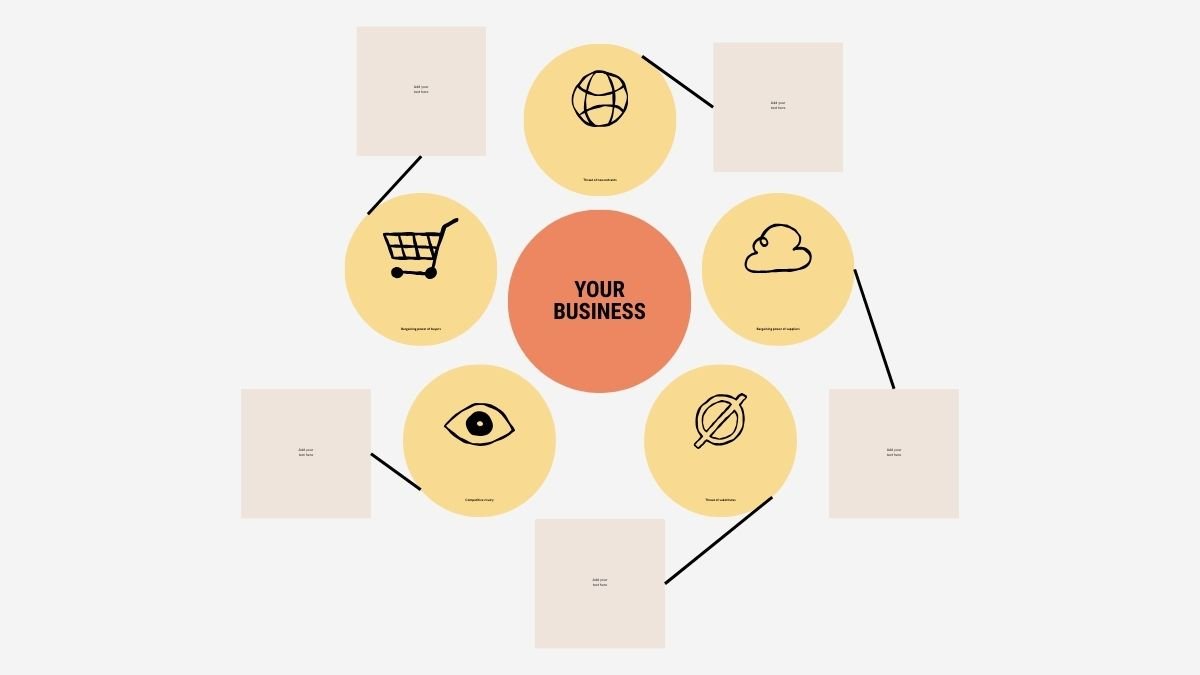
These “swap and save” strategies let you keep the joy while shrinking the bill.
1. Restaurant Meals → Home-Cooked Favorites
Instead of: $60 dinner for two at a restaurant Try: Cooking a signature dish at home for $15–$20, with better ingredients and leftovers for lunch.
Why it works: You still enjoy the ritual of a great meal — just without the markup on food, drinks, and tips.2. Daily Coffee Shop Visits → Barista at Home
Instead of: $5–$7 daily lattes Try: Investing in a quality French press, moka pot, or espresso machine and buying beans you love.
Why it works: You get café-quality coffee on demand, save hundreds annually, and can still enjoy coffee shop visits as an occasional treat.3. Multiple Streaming Services → One-at-a-Time Rotation
Instead of: Paying for 4–6 platforms year-round Try: Subscribing to one platform at a time and rotating every month. Why it works: You always have fresh content without paying for unused subscriptions.4. Pricey Gym Membership → At-Home & Outdoor Workouts
Instead of: $60+/month at a gym you rarely visit Try: Bodyweight training, resistance bands, and free YouTube workout programs. Why it works: You keep your fitness routine without paying for unused amenities.5. Impulse Shopping → Planned Wishlist Purchases
Instead of: Buying instantly when you see something you like Try: Adding it to a 30-day wishlist. If you still want it after a month, buy it — if not, you’ve saved money and avoided clutter.
Why it works: Time filters out impulse buys and helps you focus on meaningful purchases.6. Solo Rides → Carpooling or Public Transit for Some Trips
Instead of: Driving everywhere alone Try: Carpooling with coworkers or using public transit for predictable routes.
Why it works: You reduce fuel, parking, and maintenance costs — while still keeping your car for convenience when you need it.
7. Brand-Name Products → Quality Generic Alternatives
Instead of: Paying extra for the label Try: Switching to generic or store brands for basics like medicine, pantry staples, and cleaning products.
Why it works: Many generic items are made by the same manufacturers as branded ones — you get the same product for less.
8. High-Interest Debt → Low-Interest Consolidation
Instead of: Paying 20%+ on credit card balances Try: Transferring to a 0% intro APR balance transfer card or consolidating with a lower-interest personal loan.Why it works: You keep making progress on your debt without paying as much in interest, freeing money for other priorities.
The goal isn’t to strip your life down to the bare minimum — it’s to choose value-rich alternatives that give you the experience you want for a fraction of the cost.
How to Maintain a Joyful Lifestyle on a Leaner Budget
Saving money shouldn’t feel like you’re “missing out.” The goal is to keep life fulfilling while making your spending work for you, not against you.
1. Focus on Gains, Not Losses
Many people quit budgeting because they only see what they’re giving up. Instead, flip the perspective: you’re gaining freedom.
- Every unnecessary dollar cut is one more toward a vacation, debt freedom, or your dream purchase.
- Less financial stress means more mental space to enjoy life.
2. Protect Your High-Value Joy
Not all spending is bad. In fact, cutting the wrong things will make you resent your budget and quit.
- Keep the expenses that truly add meaning, connection, or happiness to your life.
- Cut or reduce things you barely notice losing — like unused subscriptions, impulse buys, or services you forgot you were paying for.
3. Budget “Fun Money”
A lean budget works better when it has built-in flexibility. Set aside $50–$100 each month for guilt-free spending.
- You decide where it goes — coffee runs, books, clothes, or anything else that makes you smile.
- This keeps you from feeling deprived and prevents those “I deserve this” splurges that wreck progress.
4. Swap, Don’t Sacrifice
Rather than cutting out enjoyable activities, replace them with cost-friendly versions.
- Swap $40 movie tickets for a cozy game night at home.
- Switch a pricey restaurant dinner for a park picnic with homemade food.
- Trade paid workshops for free online courses.
5. Track & Celebrate Wins
Savings feel real when you can see them. Keep a running total of what you save each month from swaps or cuts.
- Direct those savings toward a specific goal so you see progress faster.
- Celebrate milestones — whether it’s your first $500 or paying off a credit card.
6. Practice the “Pause Rule”
Before spending, pause for just 30 seconds and ask:
- 1. Do I truly want this — or am I reacting to habit, stress, or boredom?
- 2. Will I care about this purchase next week?
- 3. Would I rather have this now or be closer to my bigger financial goal?
A leaner budget doesn’t mean a smaller life. Keep the things that matter most, find creative alternatives for the rest, and make every purchase intentional. That’s how you save money and keep your joy intact.
Tips to Avoid Lifestyle Creep
Lifestyle creep, also known as lifestyle inflation, is that sneaky phenomenon where your spending habits gradually increase as your income rises. What starts as a well-deserved treat after a raise can quickly turn into a new baseline of expenses, leaving you wondering why you're not saving more despite earning more. The good news? It's entirely avoidable with some mindful strategies. Below, I'll share practical tips to help you keep your finances in check and build lasting wealth.
1. Track Your Expenses Religiously
The first step in combating lifestyle creep is awareness. Use apps like Mint, YNAB (You Need A Budget), or even a simple spreadsheet to log every expense. Review your spending monthly to spot patterns—did that extra coffee run become a daily habit after your promotion? Knowledge is power; once you see where the money goes, it's easier to rein it in.
2. Stick to a Fixed Budget
Create a budget based on your current needs, not your potential wants. Allocate percentages of your income to essentials (50%), savings/investments (20%), and fun (30%)—adjust as needed, but don't inflate categories just because you can. When a raise comes in, pretend it doesn't exist by directing the extra straight to savings or debt repayment.
3. Automate Your Savings
Out of sight, out of mind. Set up automatic transfers to a high-yield savings account or retirement fund the moment your paycheck hits. Aim to save at least 20% of any income increase immediately. This "pay yourself first" approach ensures you're building wealth before temptation strikes.
4. Delay Gratification with the 30-Day Rule
Impulse buys are lifestyle creep's best friend. For non-essential purchases over a certain amount (say, $50), wait 30 days before buying. Often, the urge fades, and you'll realize you don't need that upgraded gadget or designer bag. This pause helps differentiate wants from needs.
5. Focus on Value Over Status
Having specific, motivating goals keeps lifestyle creep at bay. Whether it's buying a home, retiring early, or funding a dream vacation, visualize your targets with a vision board or app like GoalsOnTrack. When extra money comes in, tie it directly to these goals to resist spending it frivolously.
6. Review and Cut Subscriptions Regularly
Those "small" monthly fees add up fast—streaming services, gym memberships, meal kits. Audit your subscriptions quarterly and cancel what you don't use. Redirect those funds to an emergency fund or investment account. Tools like Trim or Rocket Money can automate this process for you.
7. Set Clear Financial Goals
Having specific, motivating goals keeps lifestyle creep at bay. Whether it's buying a home, retiring early, or funding a dream vacation, visualize your targets with a vision board or app like GoalsOnTrack. When extra money comes in, tie it directly to these goals to resist spending it frivolously.
8. Surround Yourself with Like-Minded People
Your social circle influences your habits. Hang out with friends who value frugality and financial independence over extravagance. Join communities like Reddit's r/personalfinance or local financial meetups to stay inspired and accountable.
Spend Intentionally, Not Emotionally
Cutting unnecessary expenses isn’t about living a smaller life — it’s about living a smarter one. When you spend with intention, you’re not depriving yourself; you’re designing a lifestyle that’s aligned with your goals, values, and true sources of happiness.
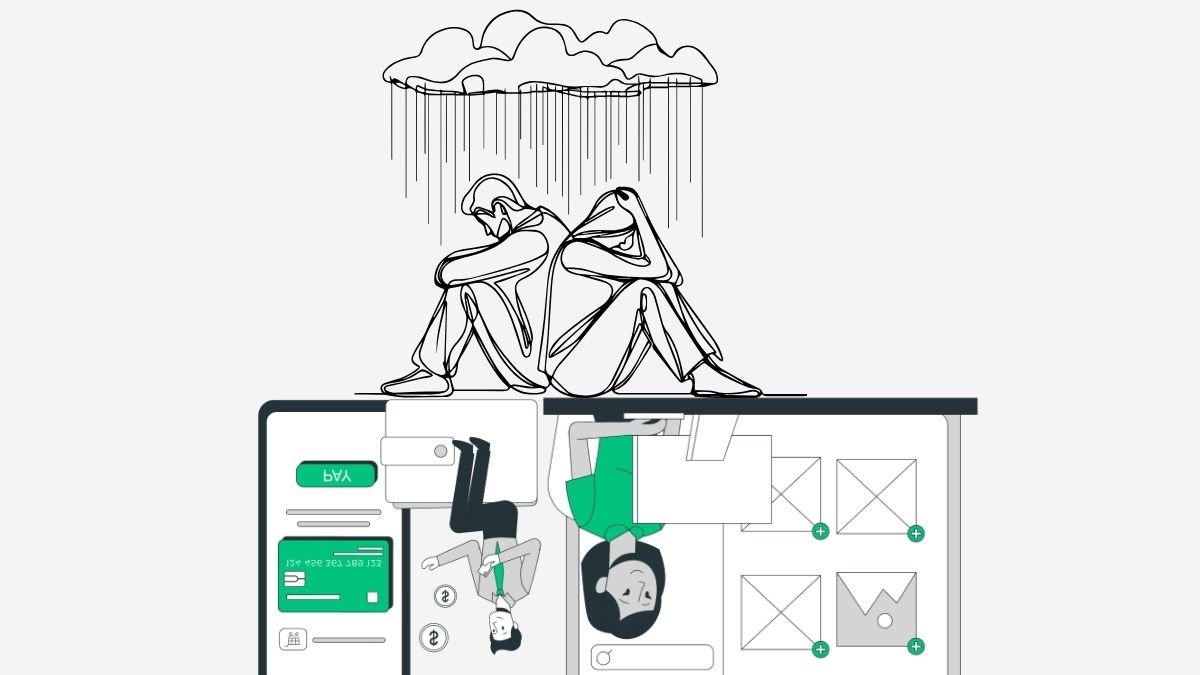
The Real Win Isn’t Just More Money — It’s More Control
When you know exactly where your money goes, you control your future. You decide what stays, what goes, and what’s worth paying for. That’s financial freedom on a daily level.
Small Choices Add Up to Big Results
Every canceled subscription, every swapped meal, every avoided impulse purchase is a step closer to something bigger — a trip, a debt-free life, a business, or early retirement. Your budget is the bridge between today’s habits and tomorrow’s dreams.
Make It a Lifelong Habit
This isn’t a one-time “money diet.” It’s a shift in how you think about spending:
- Spend on what you love.
- Cut what doesn’t matter.
- Keep your eye on the bigger picture.
Your money should work for you, not vanish without a trace. Every intentional choice is a deposit into your future — and the best part? You don’t have to give up what makes life worth living to get there.

Practical tips on budgeting, tracking spending, and avoiding financial pitfalls.
Learn More
A comprehensive guide to saving strategies, from daily habits to long-term planning.
Learn More
Tool for tracking expenses, spotting subscriptions, and managing recurring charges automatically.
Learn More
